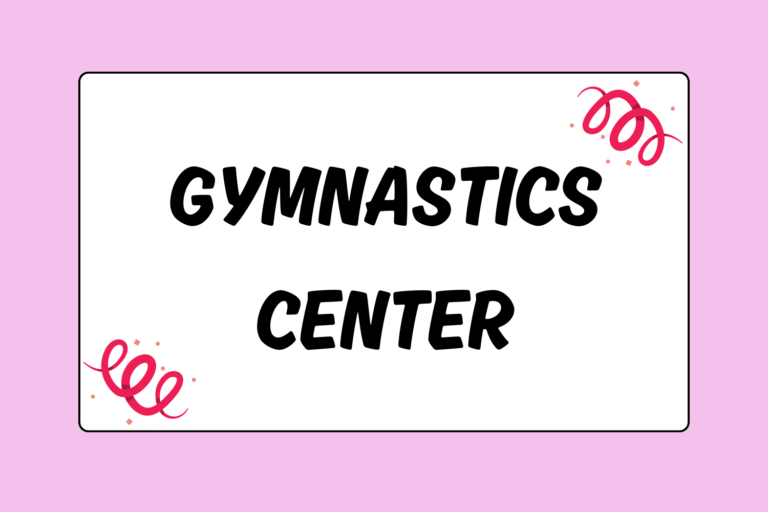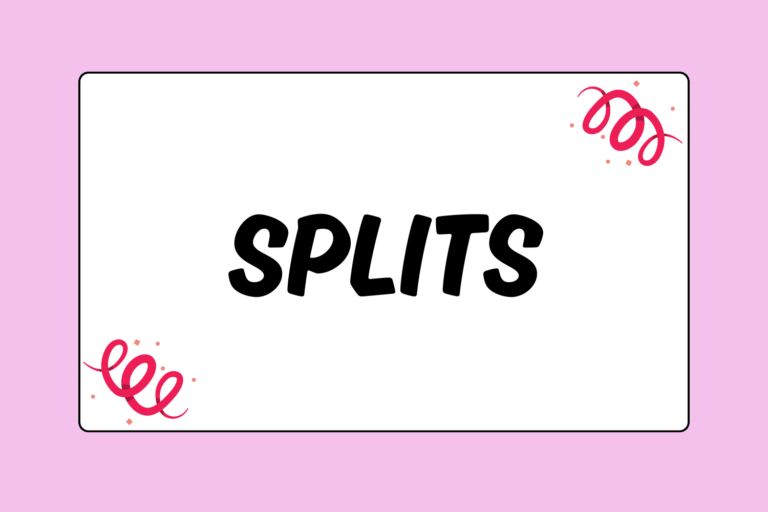Learning to do a backbend is challenging for many gymnasts. It is a complex and difficult move with many different elements: The backbend, the standing backbend, the kick-over and the back walkover.
Fortunately, there are ways to help all gymnasts learn this important movement.
Flexibility in Gymnastics
Flexibility is the most important part of performing a backbend. Simply put, your back needs to bend. This may sound obvious, but making a stiff back more flexible is not easy. Many of our daily activities—driving, sitting, tying our shoes—involve bending forward and the years of repeated movement make backwards flexion uncomfortable at first.
But with practice and time, a backbend is possible. Here are some exercises that will, overtime, help increase the amount of flexibility in your back:
Cobra
An easy way to stretch the back is through what is known in yoga as the cobra.
To perform a cobra:
- Lay on your stomach with hands placed on the ground, shoulder-width apart, slightly in front of your head.
- Press the upper half of your body off the floor with your arms. Your legs and hips stay on the ground, while your arms extend. At first you may not be able to press up very far.
- Go as far as you can and hold the stretch. Eventually you will be able to press back until your arms are straight.
See-Saw
Like the cobra, the see-saw will also provide a gentle stretch for your back. Again be patient with this, it takes time to get into the full position.
To perform the see-saw:
- Lay on your stomach with legs and arms straight.
- Gently reach your arms to the sides of your body, towards your feet.
- Bend your legs and grab the ankles with your hands.
- Lift both the upper and lower halves of your body off the floor and rock gently back and forth.
Bridge
The bridge, or press, is a more advanced back-bend stretch. It should only be done after warming up your core and performing more moderate exercises like the cobra or see-saw described above.
To perform a bridge:
- Lay on the floor on your back with your legs bent at a 90 degree angle and your feet planted firmly on the ground.
- Place the palms of your hands by the side of your ears and make sure your fingers face your feet. Your elbows should be pointed towards the ceiling.
- Gently push your back off the ground while keeping your feet and hands firmly planted on the floor. The goal is to get into a complete backbend with your arms and legs straight.
- Your arms and legs may not be strong enough, nor is your back flexible enough, to push all the way up at first. Don’t worry. Keep practicing and you will get it.
Hot Tip: Developed Shoulders
You must have strong and fully developed shoulders to perform a bridge safely. For this reason, a person under the age of five should not perform this move, unless specifically guided by a qualified coach.
Standing Backbend
Once you have accomplished a solid back press, you are ready to move to the standing backbend. Before starting this move, make sure you have a qualified coach spotting you.
To perform a standing backbend:
- While standing, place your arms over your head. Your arms should be straight and tight with hand flat, palms up and fingers pointing behind you.
- Slowly arch backward and look for the ground.
- Keep your arms locked as you move closer to the floor. This will ensure that you don’t hit your head when you land.
- Place your hands on the ground and keep your feet firmly planted. Your head should look back towards the floor while you hold the position.
When learning this move there are two tricks that make it easier:
Use the wall: Stand about one foot from the wall, facing away. Start your backbend. Follow the same motions as described above, except you can use the wall to slowly walk your hands down until they reach the ground.
Wedged Mat: A wedged mat is a triangle shaped pad with one side thicker than the other. Standing on the thin side of the mat, slowly begin the backbend. Your hands will land on the thick side of the mat and the difference in height will make the backbend easier.
Hot Tip: Flexibility Helps
A standing backbend is easier if your back is very flexible. To increase your flexibility, get into a bridge (as described above) and rock back and forth. After rocking try walking your hands to your feet. This will create a deeper arch and truly prepare you for the standing backbend.
Backbend Kick-over
Once you have mastered the standing backbend, it is time to move to the kick-over. Remember, the backbend is not a move that you will quickly master – it will take some time. So be patient before moving to more advanced skills.
To perform a kick-over:
- Perform a standing backbend.
- When your hands are placed on the ground, kick your legs over your head to land back on your feet.
- You may kick your leg up, but fall back into a bridge. That’s ok! This is a difficult move and will take awhile to gain strength necessary to complete it.
Again there are a few tricks that help get those legs over:
The Wall: Get into a bridge with your feet next to a wall and slowly walk your feet up the wall and push off. This push will give you that momentum to kick all the way over.
Wedged Mat: When performing a kick-over, stand on the thick side of the mat and perform your backbend. The thick side of the mat will give you extra height and make the kick-over easier.
Back Walkover
Once you learn how to do a standing backbend and a kick-over, you are ready to perform the actual back walkover. A back walkover is a graceful movement that has many uses in gymnastics: It is performed on the floor and the balance beam; it is also a building block to more difficult moves such as the back handspring.
To learn the back walkover, follow these steps with a qualified coach assisting you:
- Start by extending one leg out in front of your body with your other leg firmly planted on the ground. Keep your extended leg straight and toes pointed.
- Keep your hands up by your ears with your arms straight and locked tight.
- Initiate the standing backbend and let your extended leg follow the natural motion of your body.
- When your hands touch the floor, your front leg will reach over your head and your standing leg will follow.
- You will finish in a lunge position.
Key Gymnastics Skill
Learning the back walkover requires patience and diligence. But once you gain the flexibility needed to perform the move, you will discover how fun it really is—not to mention the essential role it will play in your success as a gymnast.
So keep practicing! Soon you will perform this skill with ease.





